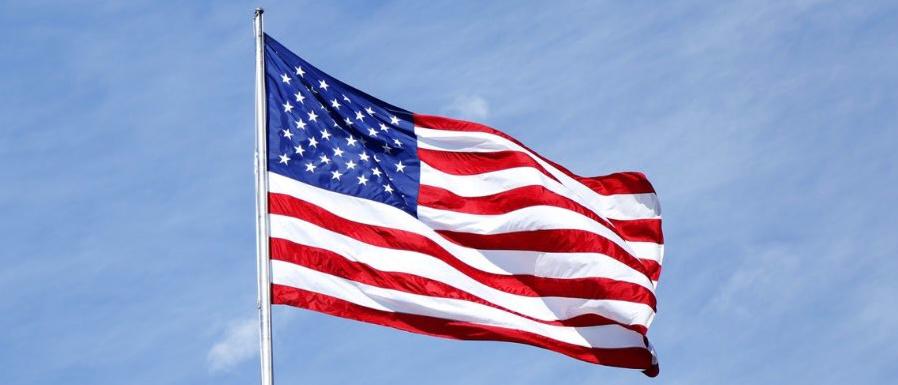
…New Pilot Programme Aims to Deter Illegal Stays, Starts August 20
In a bold move to tighten visa compliance, the United States government has announced the launch of a visa bond pilot programme requiring certain foreign travelers to pay up to $15,000 before entering the country. The initiative is set to begin on August 20, 2025, and is designed to curb visa overstays — a persistent issue flagged in U.S. immigration enforcement.
Published in the Federal Register this week, the policy gives U.S. consular officers discretionary authority to require bond payments from applicants seeking tourist (B-2) or business (B-1) visas. The bonds — set at $5,000, $10,000, or $15,000 — will be refunded in full if travelers depart the U.S. within their visa validity period.
According to U.S. officials, the standard bond amount in most cases is expected to be $10,000.
Who Is Affected?
Although the State Department has not published an official list, the programme targets travelers from countries with:
High rates of visa overstays
Weak identity vetting or screening systems
Citizenship-by-investment schemes without residency requirements
Broader national security or foreign policy concerns
Countries potentially impacted include Burundi, Djibouti, Togo, Haiti, Chad, Myanmar, Yemen, and Eritrea, among others — several of which were previously subject to travel restrictions during the Trump administration.
A similar bond initiative was proposed in 2020, but it was shelved due to the COVID-19 pandemic and a global dip in travel.
Policy Justification and Pushback
A U.S. State Department spokesperson said the visa bond system is part of “a layered strategy to promote visa compliance and national security.” The measure is also meant to serve as a financial deterrent to travelers who might otherwise overstay.
However, industry stakeholders and immigration advocates have raised concerns.
The U.S. Travel Association warned that while the pilot might only affect about 2,000 travelers annually, it could set a precedent for higher travel costs and restrict access to the U.S., particularly for visitors from low- and middle-income countries.
“If implemented alongside other new fees, the U.S. risks having the highest visitor visa costs in the world,” the group noted.
More Costs Incoming: $250 Visa Integrity Fee Starts October 1
In addition to the visa bond, a new $250 “visa integrity fee” — passed by the Republican-led Congress — will apply to all successful non-immigrant visa applicants beginning October 1, 2025.
Though refundable for travelers who comply with visa terms, experts fear the added burden could discourage legitimate tourism and business travel, at a time when global travel is still recovering from years of disruption.
Part of a Broader Crackdown
The visa bond initiative is just one component of the Trump administration’s escalating immigration enforcement agenda. Recent months have seen:
The expansion of the U.S. travel ban to 19 countries
Increased deportations and border security funding
New visa application requirements, including the disclosure of social media history
Critics say these policies may erode the U.S.’s reputation as an open, business-friendly nation and could deter global talent, tourists, and investors.
Still, the administration maintains that these moves are necessary to “restore integrity to the visa system” without resorting to outright travel bans.
As the August 20 rollout date nears, observers will be watching closely to see how the pilot is enforced — and whether it becomes permanent U.S. visa policy.
